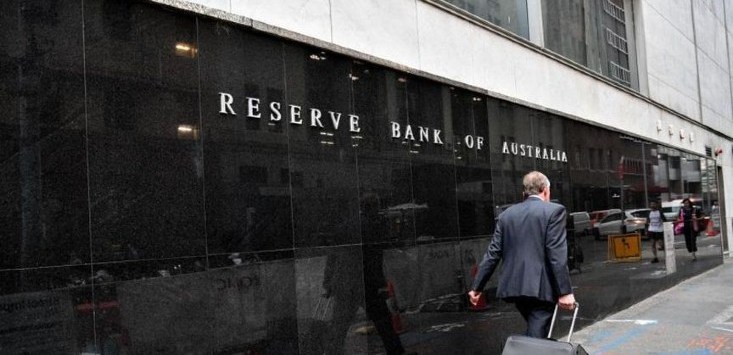
As the nation’s collective head is turned towards the Melbourne Cup today, the Reserve Bank of Australia (RBA) is widely expected to announce a historic cut to interest rates.
Following an emergency cut in March, to 0.25 percentage points, the cash rate is expected to drop to a new all-time low of 0.10 percentage points today. But, what does that mean for small business owners?
Speaking to SmartCompany, economist Stephen Koukoulas notes rumours have been flying that this cut will indeed go ahead — and the RBA has done nothing to dispel them.
First and foremost, Koukoulas says this is not a good sign for the economy.
“On the contrary, they’re being delivered because the economy is still struggling,” he says.
“It is an indication that things are pretty grim still.”
In Victoria, it looks like the second-wave health crisis is finally under control. Elsewhere, state and territory leaders are coming under more and more pressure to open up their borders to interstate travellers, which would bring an added boost to business, he notes.
“But, even allowing for all of those things the economy is still under a fair bit of pressure.”
This rate cut is about getting some momentum going, Koukoulas theorises.
It’s not about reducing the cost of borrowing — moving from historic low to historic low will not make a whole lot of difference, anyway. It’s about improving access to credit for businesses of all sizes.
“Interest rates aren’t the biggest impediment to the economy right now,” he says.
With that in mind, Koukoulas says it’s unlikely we’ll see the big banking institutions passing any interest rate cuts on to small business customers.
“This is more designed to help the banking and financial system, rather than mortgage holders and the small business sector,” he says.
Actually, this is already a pretty competitive market, he notes. Financial institutions are already offering low-interest rates, both for business and retail borrowers.
The banks might pass on a few basis points of savings, he notes.
“But I don’t think this move should be viewed in this prism,” he says.
What today’s announcement could help with is access to capital. For those businesses that have struggled to get overdrafts renewed, or to get approved for loans at all, for example.
“It’s more a measure to make sure there’s liquidity in the system, not the cost of borrowing money,” Koukoulas says.
Ultimately, though, the economy needs a kick-start. That means fiscal policy stimulus.
“We have fiscal policy being tightened right now with the economy only just starting to show some signs of recovery,” Koukoulas says.
“Of course, the Reserve Bank can pump liquidity into the system. We’ll see what they do today,” he adds.
If the RBA makes sure the banking system is “flush with cash”, then we need measures to make sure that cash finds its way into the ‘real economy’, and those areas that will generate jobs.
“It’s putting everything out there that you humanly can to get the economy growing and to get people borrowing, investing and hiring. That’s the critical thing,” Koukoulas says.
Handpicked for you

Spring Carnival 2020 may be up and running, but Melbourne’s milliners are missing out



COMMENTS
SmartCompany is committed to hosting lively discussions. Help us keep the conversation useful, interesting and welcoming. We aim to publish comments quickly in the interest of promoting robust conversation, but we’re a small team and we deploy filters to protect against legal risk. Occasionally your comment may be held up while it is being reviewed, but we’re working as fast as we can to keep the conversation rolling.
The SmartCompany comment section is members-only content. Please subscribe to leave a comment.
The SmartCompany comment section is members-only content. Please login to leave a comment.